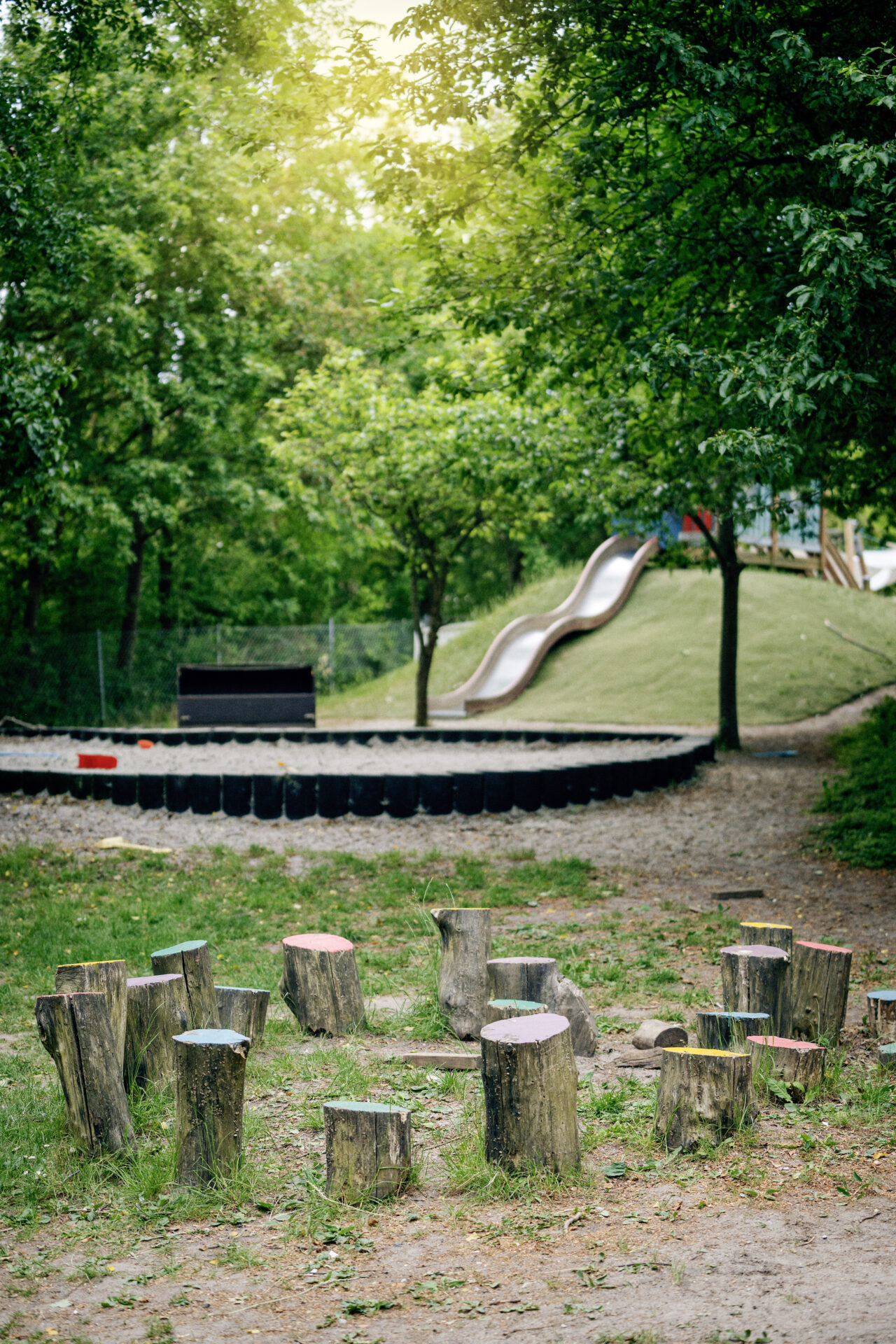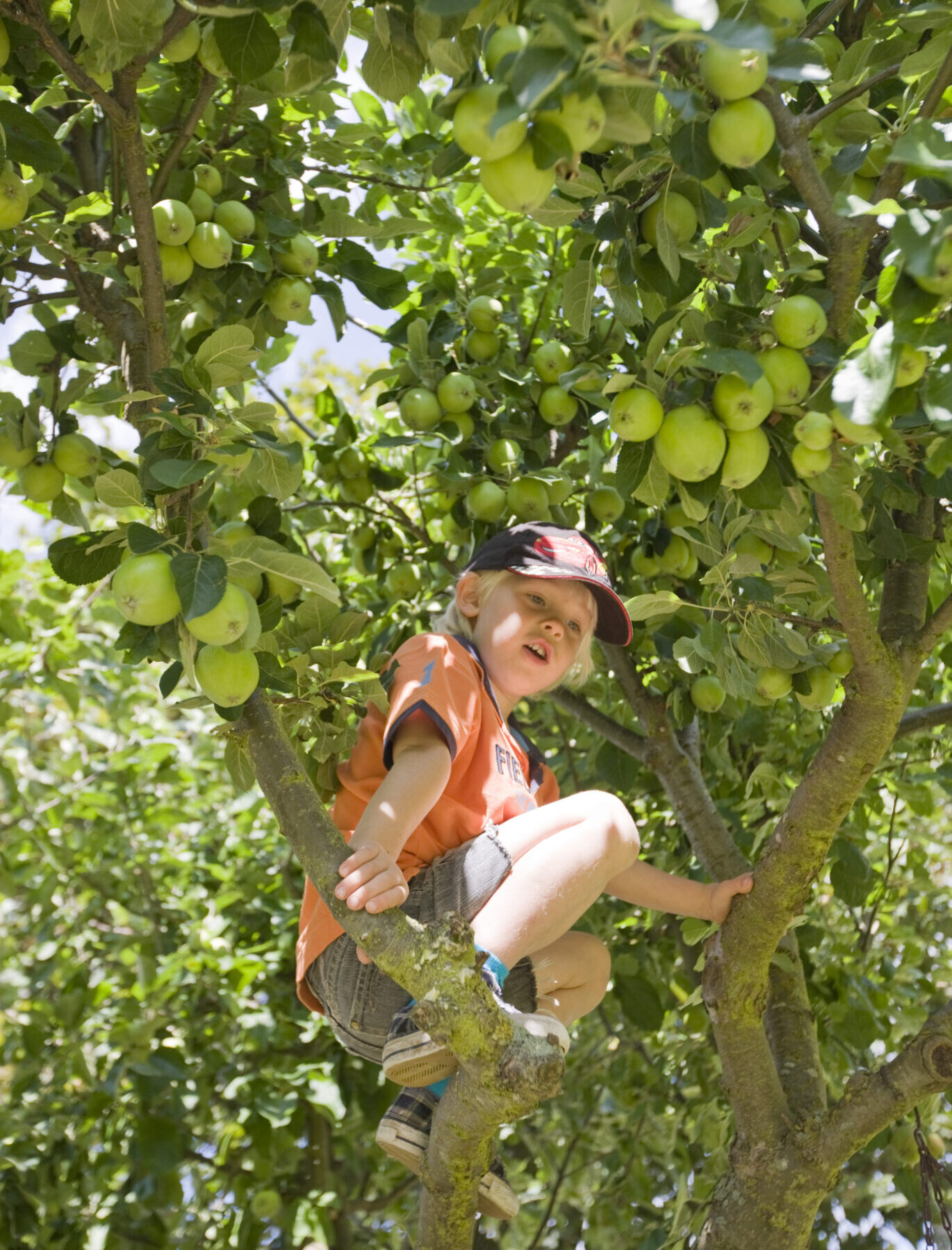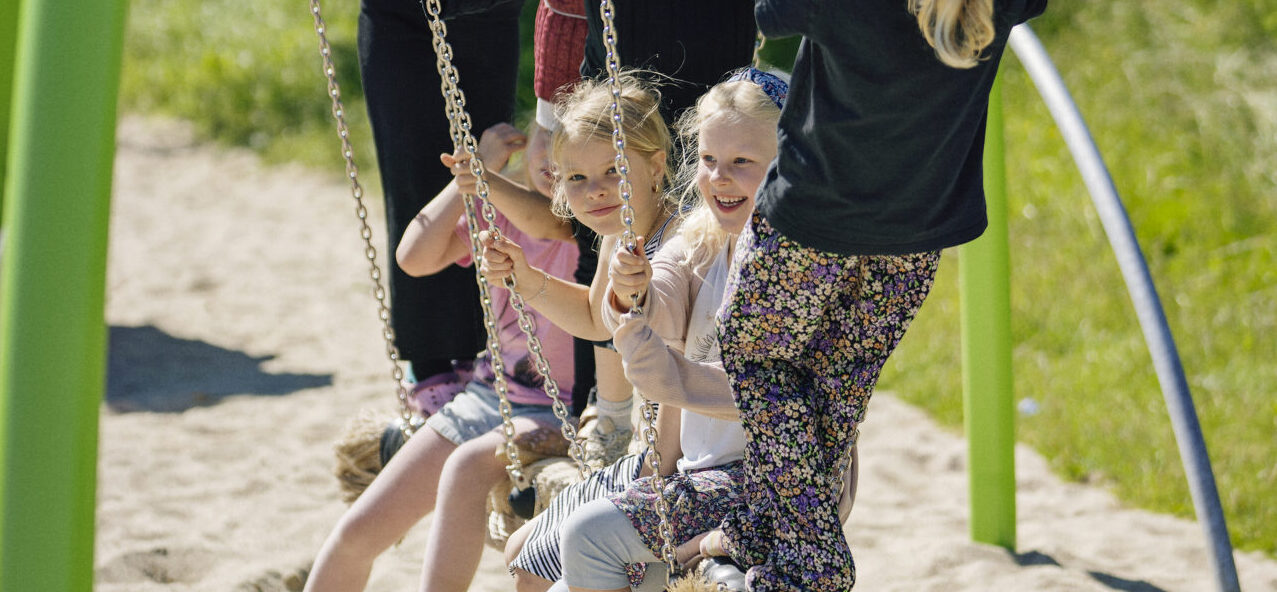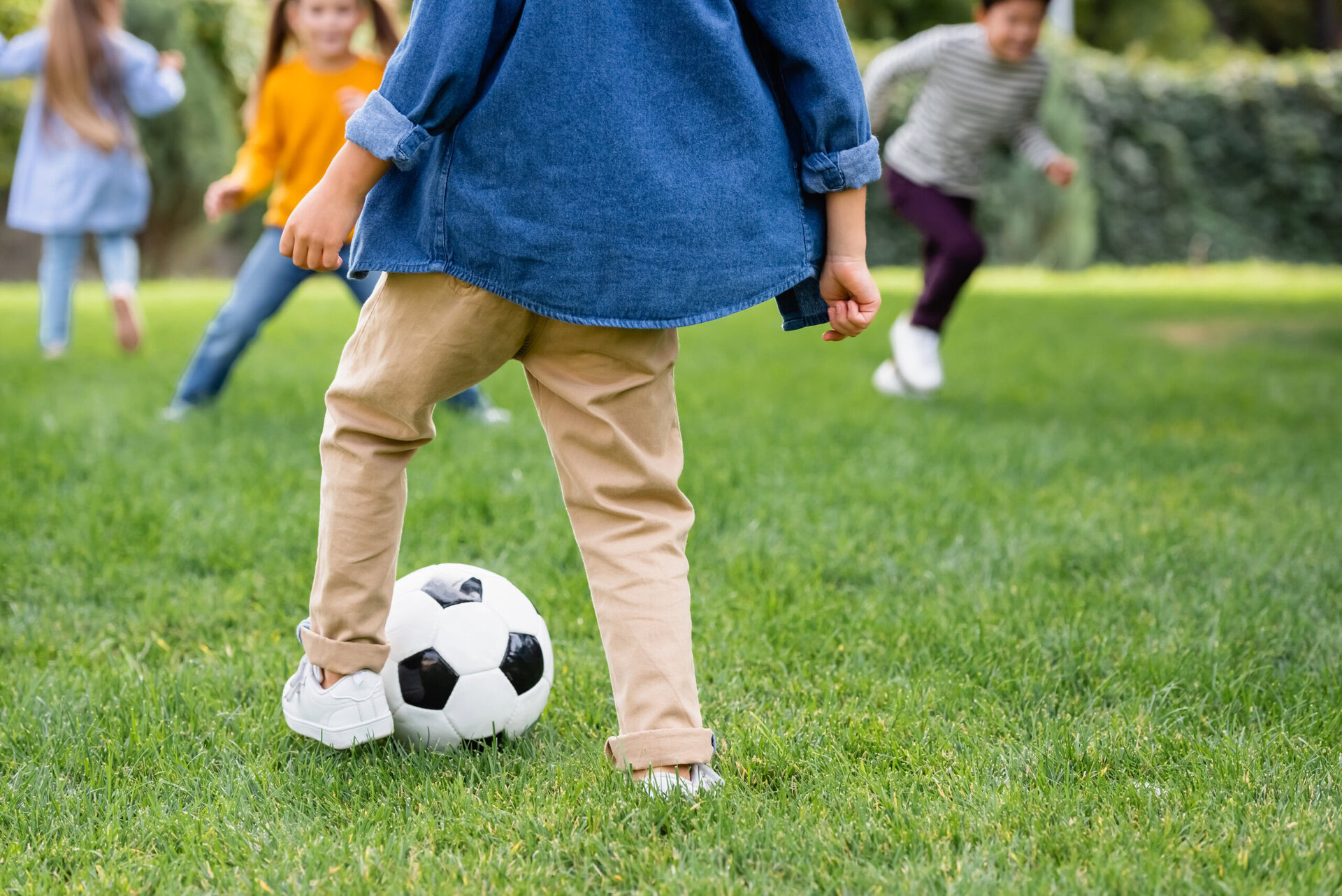
Activating public playgrounds through organized sports activities
Introduction and aim
Playground usage among children is often influenced by various physical factors such as the overall design, or availability of playground structures.
Social factors, like organized activities led by a neighborhood sports coach, can also play a vital role, particularly during after-school hours and weekends. These activities create a safe and accessible environment for kids to engage in physical and social interactions.
However, more research is needed to understand the effectiveness of this approach in increasing playground usage and physical activity levels, as well as understanding potential gender differences.
This brief presents key findings from a study by Sander Bliekendaal & Joske Nauta (2024) investigating children’s physical activity levels and playground usage. The study evaluated playgrounds with organized School Playgrounds Sports (SPS) activities to similar playgrounds without SPS programs. Among the offered SPS activities were, for instance, soccer and flag football.
The objective of this study was to evaluate the impact of organized sports activities on children’s playground usage and physical activity intensity.
This brief is particularly relevant for local sports providers, policy makers, and other professionals involved in playgrounds and city policies related to sports and physical activity in public areas.
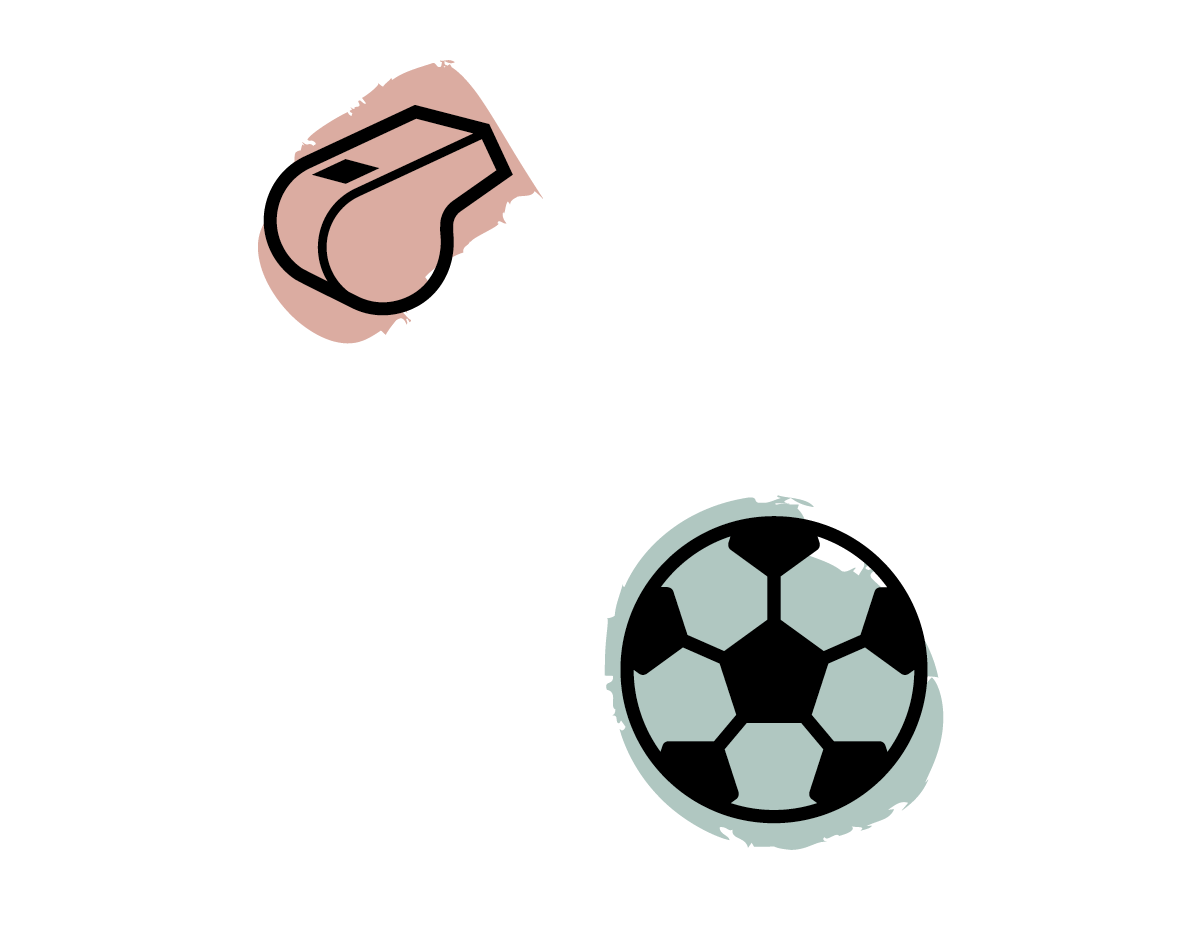
Results and key take home messages
The study found that School Playgrounds Sports (SPS) led to a 53% increase in playground usage. However, this boost was mostly due to a 91% rise in boys using SPS playgrounds.
Drawing from the insights of this study, policy makers and other professionals involved in playgrounds are advised to consider organized sports activities as a strategy to activate playgrounds.
Why use organized sports activities to activate children’s playground usage?
Influential in urban areas
Organized sports activities may be particularly relevant in urban areas with a relatively high proportion of children or deprived neighborhoods with limited opportunities for (safe) outdoor play.
Can increase boys’ public playground usage
Providing sports activities on public playgrounds could be a viable approach to increase public playground usage by boys. To increase playground usage by girls, a different approach is needed.
Local sports providers play an important role
Regarding playground (re)design, local sports providers (i.e. the sports neighborhood coaches) can be considered important stakeholders. They can provide practical insights to ensure that playgrounds are (re)designed to be suitable for organized sports or play activities.
Can be tailored to the local sitation
Furthermore, care is advised for tailoring the organized playground activities to the local situation and, preferably, obtain balanced participation of boys and girls.
All our briefs are accessible through our website, www.playgroundresearch.org.
On the website, you’ll find a compilation of briefs that offer a clear comprehension of research findings and their implications for future research and practical application.
You can also download a printable PDF version of this brief to facilitate sharing.
Literature
This brief was created in collaboration with Sander Bliekendaal. If you have any questions regarding this specific brief, please contact: s.bliekendaal@aeres.nl
Downloads
Please click on the download link below to obtain a copy of each file
Main Editors

External Contributors
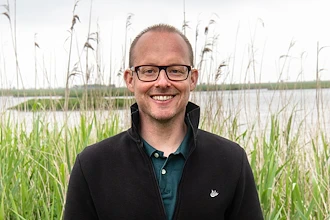
Similar Briefs
Projects
Explore our institute’s active engagement in developing playgrounds’ future through innovative research and current projects.
Briefs
We are dedicated to sharing valuable insights from research studies and reviews through concise and accessible publications.
Articles
Explore our article database for a comprehensive array of global research and insights, offering diverse perspectives and knowledge.
News
Stay up-to-date and engaged through the latest news, project updates, events, and activities specific to playground research.
